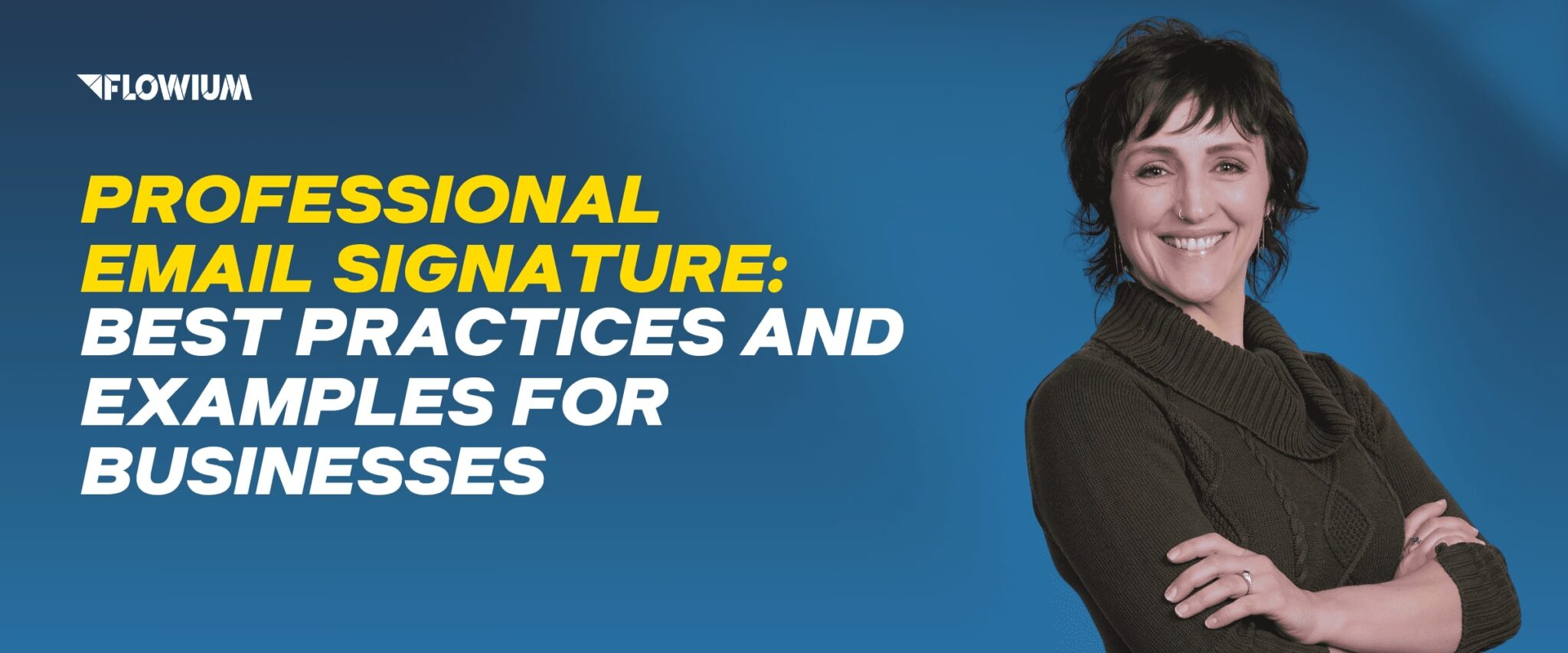Repeat customers are the key to growing your business.
You’ve likely heard that it costs 5 times more to attract a new customer than it does to retain an existing one, but that’s not all.
Increasing your customer retention rate by 5% could boost your profits by 25% or more. Some businesses even see an increase of 95%.
Your email list is full of potential repeat customers, but sometimes, something goes wrong. It doesn’t happen in an instant.
People stop opening as many of your emails as before, and eventually, they ignore them altogether. And then, it gets worse. They click unsubscribe, and you can no longer reach them. This is where you need a win-back email or campaign.
Successful win-back campaigns help you reach customers who are sitting in marketing purgatory. They haven’t yet clicked unsubscribe, but their interest is waning.
You can incorporate some strategies to reach them and get them interested in your products and services once again. Find out how this works, and then get started.
Unsubscribes can happen any day, so there’s no time like the present to begin your win-back campaign.
Create a Sequence for Your Win-Back Campaigns
Far too many marketers send a single email when running win-back campaigns. They might get a few opens, but they aren’t reaching the campaign’s full potential.
You should send a full sequence. Use the sequence to:
- Remind people of the relationship
- Provide an incentive such as a special deal
- Request feedback from the subscribers
- Give people a last chance to interact with your emails.
If you don’t get a response, then you need to remove the person from your list. Keeping them on your list could cause your spam complaints to grow, hurting your relationships with other subscribers.
The First Email – Creating an Emotional Response
Use the first email in the sequence to elicit an emotional response. Start with a subject line such as “Come back” or “We miss you.”
Follow that with an email that reminds people why they subscribed. Make sure the email:
- Reminds people why they joined your list
- Includes benefits of what you offer
- Shows your appreciation
- Refreshes the person’s memory of your brand.
The Second Email – Providing an Incentive
Successful win-back campaigns follow up the first email with a special offer. A good practice is to list the offer in the subject line to increase the open rate.
You have lots of options for your offer, but discounts tend to get the best results. Include a dollar discount instead of a percentage.
You need people to act quickly, so they don’t forget about your brand. That’s why a sense of urgency is also critical with the second email.
Let them know that they have a specific amount of time to claim the offer. Once that time passes, it will be gone forever.
Finish the email with a strong call-to-action (CTA). People can click on the CTA and place an order.
The Third Email – Getting Customer Feedback
Send a feedback email to subscribers who didn’t claim the offer. You can use this to get valuable feedback to find out where you went wrong. This can help you with additional marketing campaigns.
It might sound like you’re giving up on the subscriber at this point, but that’s not the case. Sending a feedback email also shows that you care about your subscribers and take the relationships seriously.
That’s enough to get some of your subscribers back.
Create a subject line that shows you’re asking for feedback. Then, use the body of the email to ask for feedback.
You can send people to a survey where they can let you know what they think of their experience.
Consider sweetening the deal by offering an incentive for filling out the survey. Increase the discount of the previous offer or provide a free giveaway.
The Fourth Email – Saying Goodbye
The goodbye email is one of the most important during win-back campaigns. The subject line should let the reader know that he or she has to take action, or you will unsubscribe them from the list.
Then, dive into the content.
Use humor in this email while conveying what the person will lose when they no longer get your emails.
Include a link that subscribers can click on to stay active. If they don’t click on it, you’ll need to remove them from the list.
Make Win-back Campaigns Part of Your Marketing Strategy
Win-back campaigns should be part of your marketing strategy. Review your email marketing analysis regularly and create win-back campaigns as needed.
These campaigns will help you reestablish your relationship with customers and increase sales.







